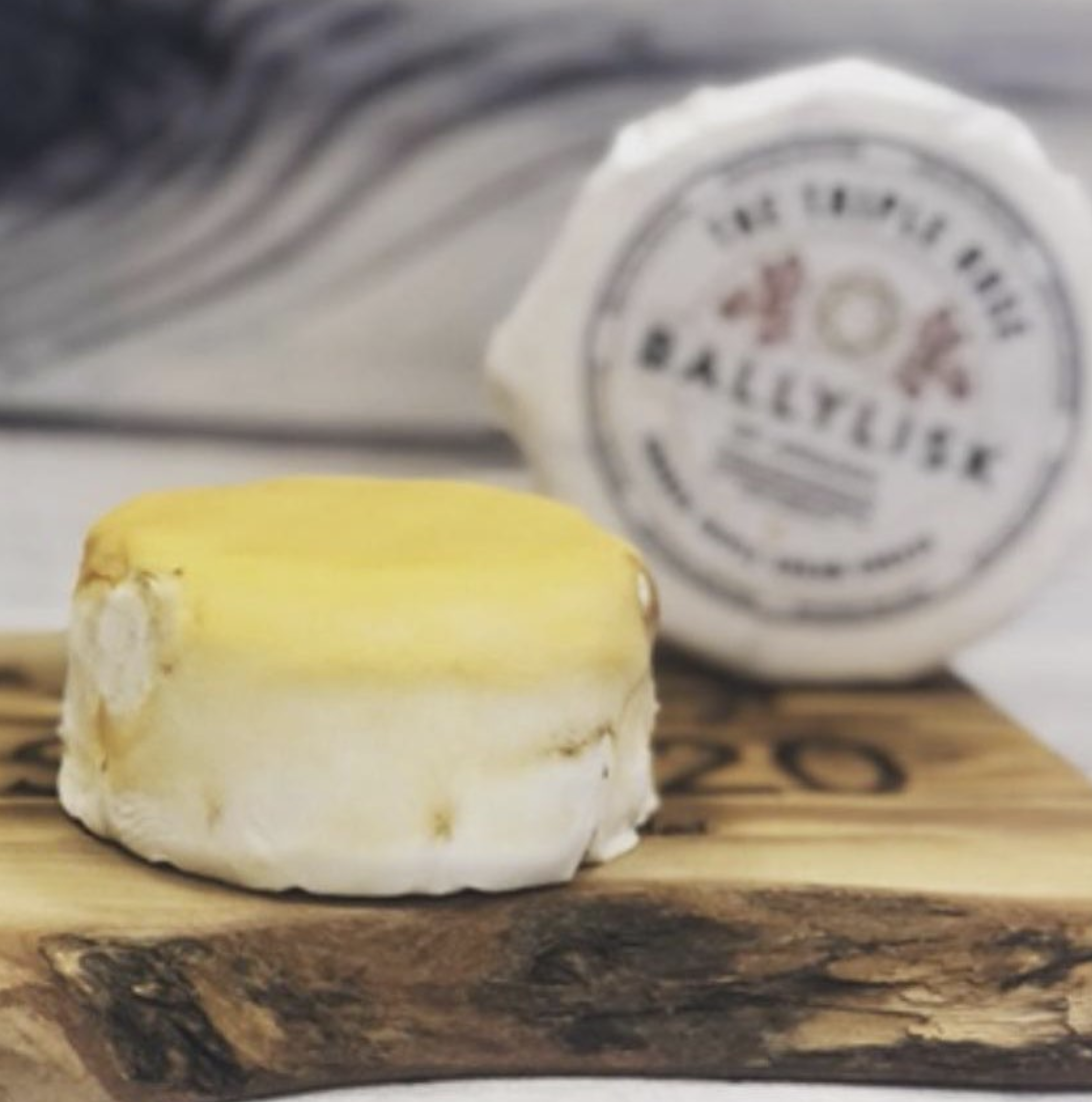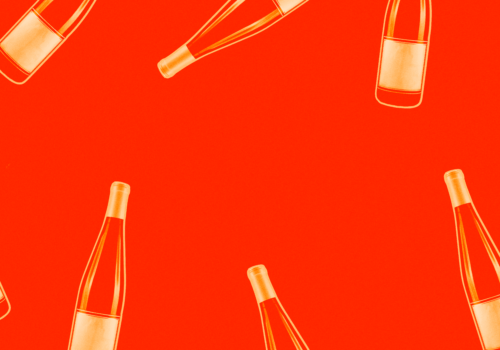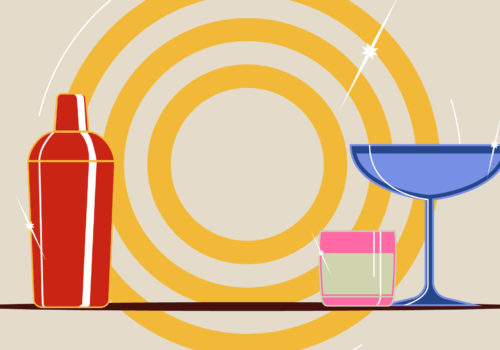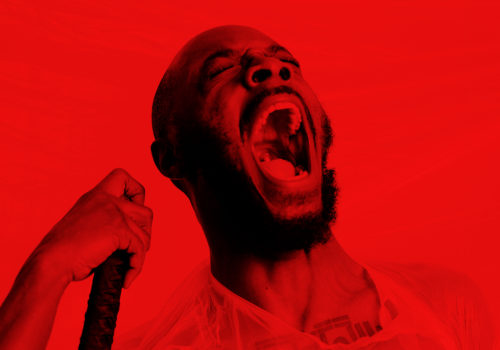How to compose a cheese board
Words: Shamim de Brún
Artwork: Paul Smith
Assembling a cheese board is a fine craft. You don’t just assemble an all Irish cheese board though, you compose it. When you think cheese board it’s hard not to think of high–class functions and European sophistication. But the cheese board is a rite of passage. We all age into it. Somewhere in the jungle, we come across something we mocked and scorned; we get to know it and come to love it. I mean they’re basically adult Lunchables.
Cheeseboards come out at Christmas because they can be impressive, low–stakes crowd-pleasers. A good cheeseboard eradicates the pressure of preparing and presenting home-cooked meals to judgmental family members. You can prep them ahead of time. They are always aesthetic, and you can serve them on the same board used to prep them. All you really need to make a decent cheeseboard is quality cheese. Everything else is frosting.
Ireland’s cheese and cheesemaking culture has developed and declined, adapted and re-emerged over the centuries. While undoubtedly influenced by the proliferation of European Cheeses, Ireland’s lush farmland produces some of the most under-appreciated cheese in the world.
Irish milk is the ‘grand cru’ of milk. So, our cheeses have the best start in life. Considering our cows are the GOAT it’s surprising that this was such a slow burn. The first farmhouse cheesemakers came on the scene in the late 1970s but the artisanal cheese lifestyle only started to catch fire in the post-recession climate.
There are instructions in countless books that echo forth authoritative, decisive guidelines as to the how’s and why’s of the plate du fromage but most neglect to even mention Irish Cheese.
When making a cheese board you have one basic decision to make. How big do you wanna go? You can go minimalist. One decent Irish Cavan-bert drizzled with honey and walnuts, garnished with a sprig of rosemary and a smattering of walnuts can theoretically do the job but Christmas is the season of decadence. So here is a maximised exhaustive list that we have forcibly condensed into just 9 kinds of cheese.
The only thing you need to keep in mind is to be sure to vary the textures, the flavours will follow suit. What you will need is something soft, something velvety, something firm, something crumbly, and something that melts in your mouth (but not in your hand).
Top Tip: go to a Cheesemonger. They’ll let you try things like you’re in Gino’s and already know your favourite but want to take a risk on something raunchy.
Something Firm

Hard Cheddar is a cheese that is aged longer. This means it has less moisture which makes it firmer.
Kellsbay Cheese from rare breed Kerry black cow milk; this is a sharp rich full aged cheddar.
Knockanore Farmhouse Cheese:
A raw milk cheddar from Freisa Cows on their farm. The flavours are mild, subtle, and sweet but it has enough of a tang to satisfy.
Hegarty Cheese Kilnalahan Mature, Templegall:
A Swiss-style cheese that’s made from raw milk and is matured for at least nine months. Its sweet, delicate, and has a vibrant nutty flavour.
Something Soft

Gouda is a sweet, creamy, yellow cow’s milk cheese originating from the Netherlands.
Killeen Goats:
Killeen Goats is a Gouda made using milk of their own herd and makes a cheese discernibly better than the vast majority of Dutch-made goat’s goudas. It has a rich, savoury flavour with notes of caramel or butterscotch.
Coolea Cheese Mature:
A little older at three months this cheese is fresh, clean and milky, with a very slight lactic note in the finish. The cheese develops more fruitiness as it ages and then it becomes sweet, almost like toffee.
Something Melt in Your Mouth

Soft/rind ripened cheese is considered a delicacy among cheese lovers due to its delectably smooth and creamy texture along with its decadent flavours.
Ballylisk Armagh Rose Brie (top of my list)
Ballylisk’s single Rose white mould is made from the single cream of a single–herd. The Brie is mellow and creamy with a ripe aroma that beckons like a lover. It’s the first of a much bigger range to come.
Corleggy Cheeses Cavanbert
A Camembert style soft raw cows’ milk cheese; this one has a pungent, earthy taste that hints at truffle.
Something Blue

Blue cheese gets a bad rap but it’s delectable. They have less butter-fat and are aged longer to lower the moisture content.
Wicklow Farmhouse Cheese Wicklow Blue
This one lives on the lighter end of the blue scale but is still rich and full of flavour. Pick one up it speaks for itself!
Knockatee Natural Dairy Buffalo Blue
A crumbly unique green/blue-veined Irish cheese with sharp salty mouth-filling bonanza
The Accoutrements

Respect the high-level cheese and go with the best of bread, we’re talking Bread 41 levels please and thank you.
You also need crackers. Seasoned crackers ideally. Something salty but not overwhelmingly flavoured, that way they’ll pair with every cheese.
Good honey, or ideally truffle honey for that extra zing.
A pear or an apple sliced excessively thinly
A hunk of dark chocolate.
Fresh or marinated figs are a game-changer too. They make everything feel like you’re on mount Olympus feasting with Bacchus.
How to Plate:
You can serve with wild abandon. Make yours a witty, post-modern piece of cheese art, knowing and ironic, but also wholesomely delicious. Cheese is inherently beautiful and does most of the work for you, but a cheat sheet from a chef says always stick with odd numbers. 3, 5, 7. There’s something more pleasing to the eye about odd numbers in food even if you’re a symmetry fan.
Reasons to be Cheese-ful: every cheese on this list can be found in Loose Cannon, Toonsbridge, Sheridan’s, Dunnes Stores, or SuperValu. Most independent fromageries will also have 90% of them but with stock in flux at the moment it’s hard to confirm.
Elsewhere on Char: Top Tipples – Buying wine at Christmas





